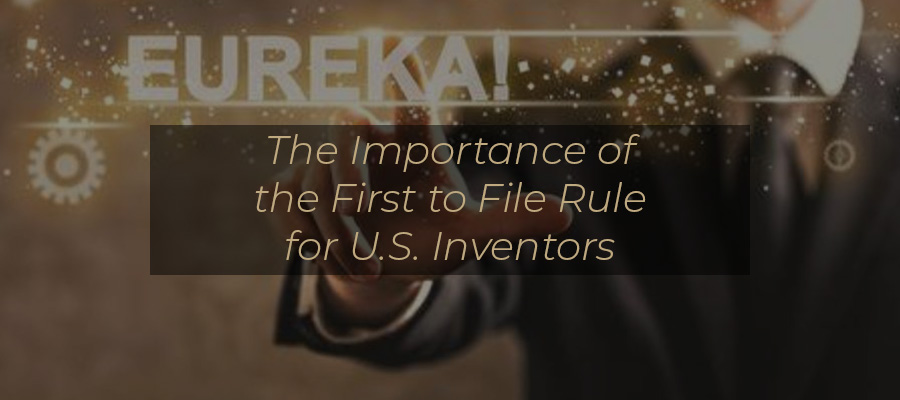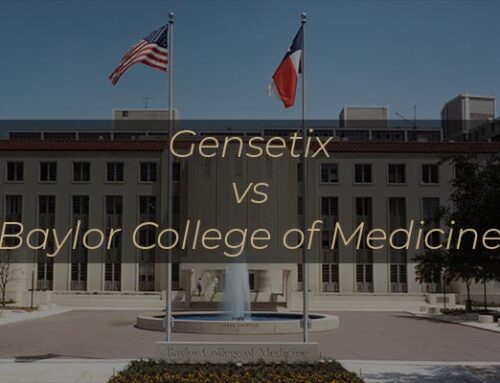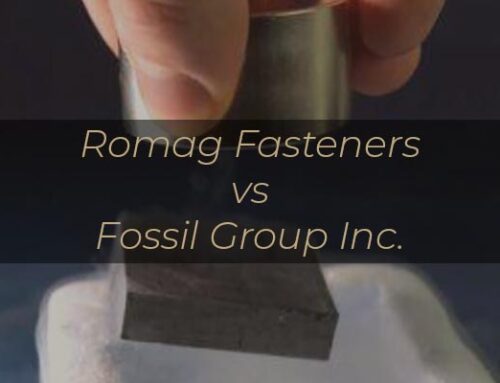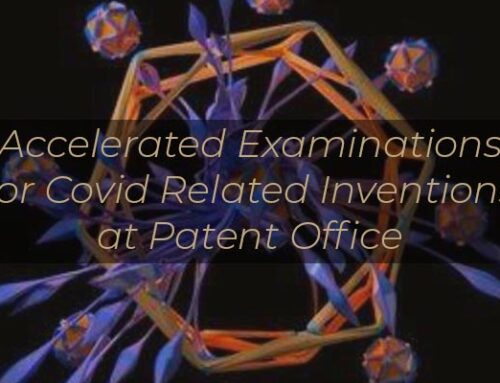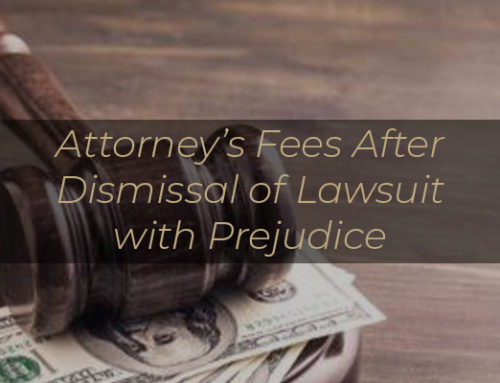Although uncommon, it is possible for two inventors to file patent applications directed to the same system. When this occurs, who is entitled to the patent? The America Invents Act, which was signed 16 September 2011, changed the U.S. patent system from a ‘first-to-invent’ system to a ’first-to-file’ system. Hence, the first inventor to file a patent application, disclosing their invention, and file the patent application with the U.S. Patent and Trademark Office is entitled to the patent.
With passage of the America Invents Act, the U.S. Congress changed American patent law to be similar to most all other countries. With this change, there are effects on U.S. patent practice that must be considered. The key change is the need to secure a U.S. patent application filing date as soon as possible to thereby obtain a filing date before other potential filers. An additional benefit of filing early is it increases your chances of getting ahead of other possible prior art, even if the prior art is not directed to your exact invention. Plus, the sooner an inventor files, the sooner the inventor can mark their product or service as patent pending.
There are two ways for an inventor to obtain a patent application filing date. They can file a utility application or a provisional application. Provisional patent applications do not undergo an examination at the Patent Office. Instead, they serve as placeholders for an eventual utility patent application. A provisional application may be filed more quickly and inexpensively than a utility application because it does not require formal patent claims, formal drawings, and other formal requirements. This article provides additional information regarding provisional patent applications: https://nevadaiplaw.com/2020/02/28/benefits-of-provisional-patent-applications/

